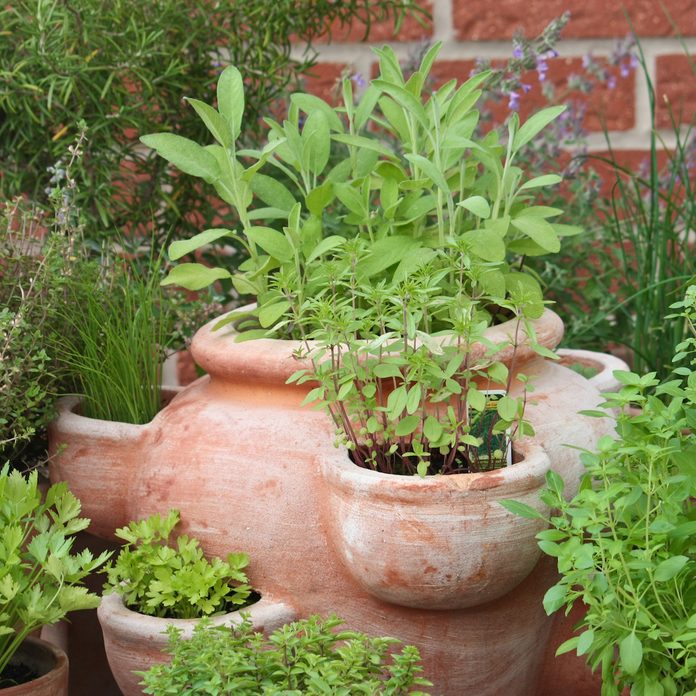
Growing a nutritious herb garden outside your kitchen door is easy! Many varieties also double as beautiful ornamentals that add color and texture to gardens. And even though growing herbs saves you money (win!), you can’t put a dollar value on the flavor you’ll savor when you add fresh-picked herbs to homemade recipes.
You can try many different recipes including the marry me chicken recipe with unmatched flavors by picking fresh herbs from your garden. Here’s everything you need to know about fresh to dried herb conversion.
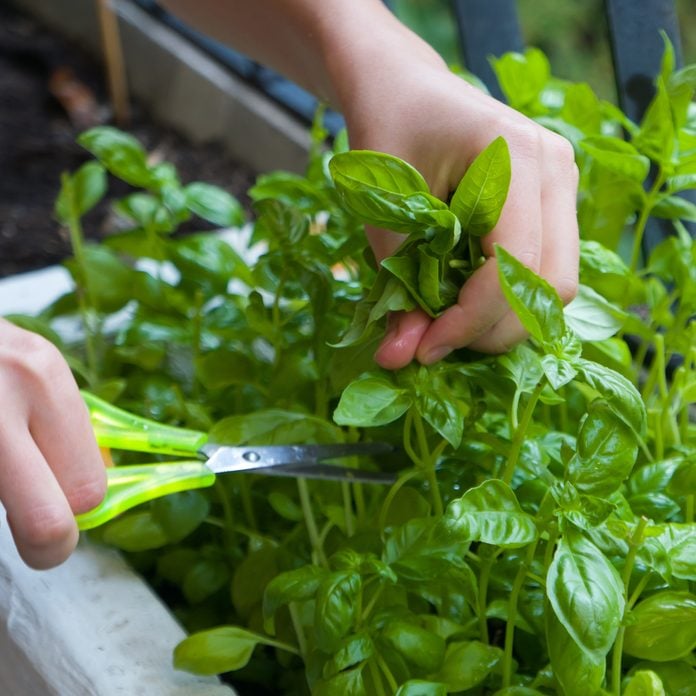
Basil
This is one of the most versatile herbs to have in your garden, as fresh basil is a crucial component of Italian, Mediterranean, Thai and Southeast Asian dishes. Plant the tiny basil seeds in well-drained soil, 1/4-inch deep. Space them about six inches apart in a location that gets full sun. To keep the plants tidy and prevent flowering, prune stems down about three inches from the top every two weeks or so. Learn more about how to prune herbs.
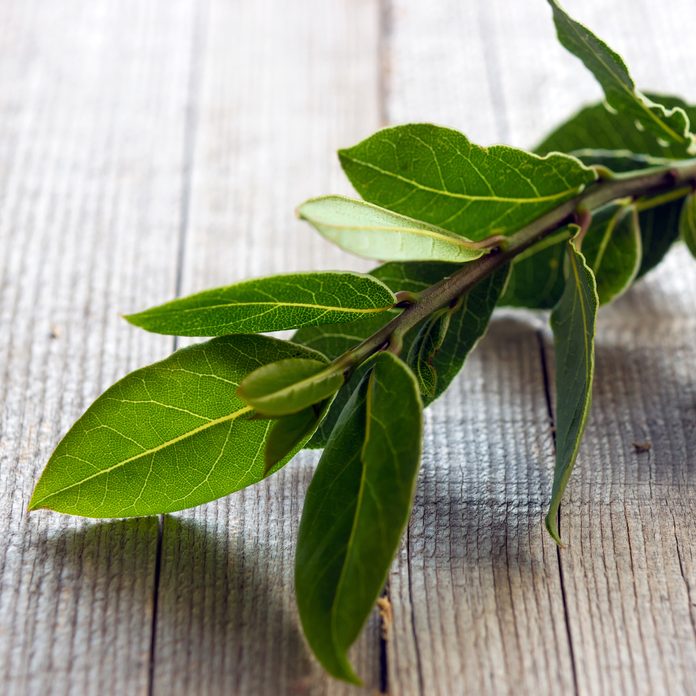
Bay Leaves
Bay laurel trees will survive outside in growing zones 8-10. If you live in a cooler climate, plant bay in a pot that you can bring indoors. Look for Laurus nobilis bay trees, which are the only varieties that have edible leaves. Growing bay trees from seed can be difficult, so it’s best to pick up a small plant from a nursery. Plant it in well-drained soil and allow the soil to dry out between waterings. Bay trees like full sun, but can tolerate partial shade.
Give them a light pruning in spring to control their size and create a decorative shape. Pick off fresh leaves when you need them. Or, dry leaves for future use. For long-term storage, keep dried herbs in airtight containers made of dark glass, which shields them from damaging light. Canning jars with glass lids held by metal clamps work great.
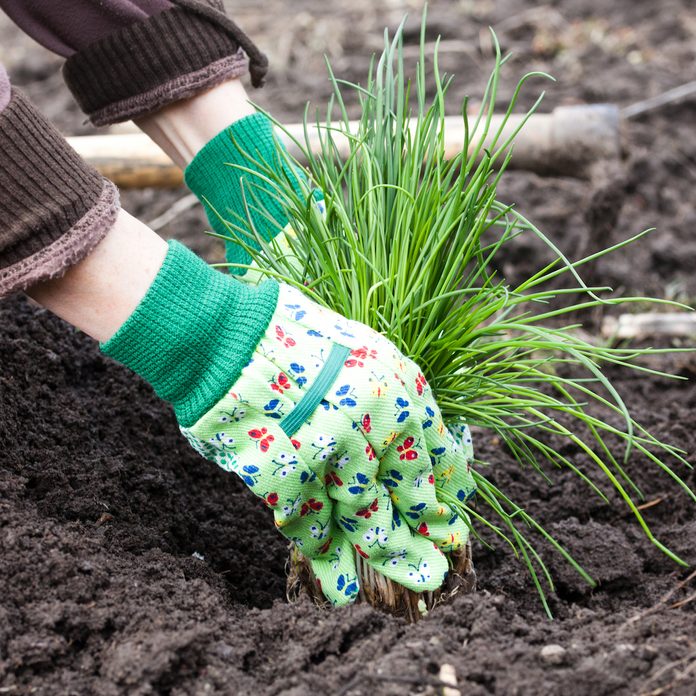
Chives
You simply MUST plant chives in your kitchen garden! They’re easy to grow, come back every year and add mild onion flavor to all kinds of dishes. Plant seeds 1/4-inch deep in well-drained soil. Chives do best in full sun but will tolerate a little shade. The grass-like leaves grow about a foot tall; snip them with scissors to add to your dishes. The purple flowers that appear in spring can be pruned off to keep the plant vigorous—and the flowers are edible too.
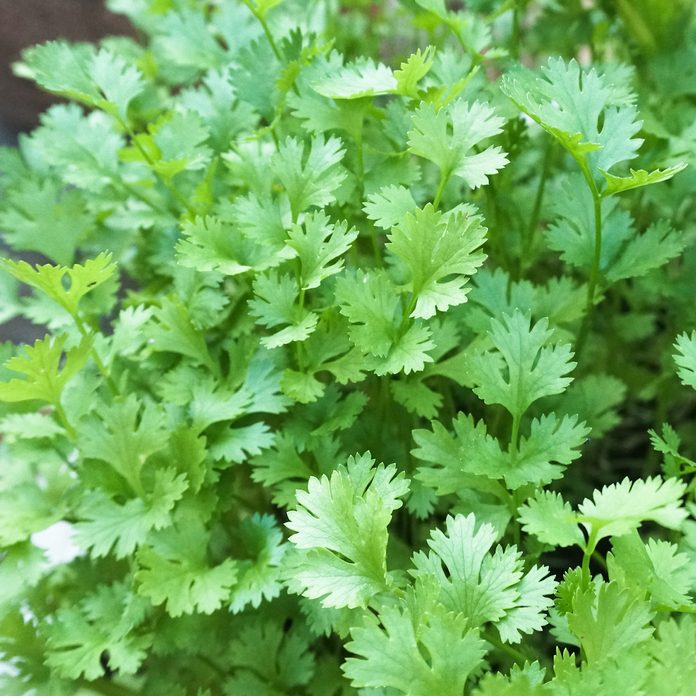
Cilantro
This is another versatile herb often associated with Mexican cuisine, but it’s also used in Thai, North African, Caribbean and South American food. Plant seeds 1/4-inch deep in your garden in a full sun location. Cilantro seedlings are fussy about being transplanted, so to start seeds inside, plant them in a compostable pot that can go directly in the ground. Once the plants are growing, trim the stems regularly to prevent flowering and use the leaves in your recipes. Because cilantro bolts easily and eventually loses vigor, plant seeds every few weeks to keep a steady supply growing in your garden. Don’t forget to check out our guide to growing cilantro indoors.
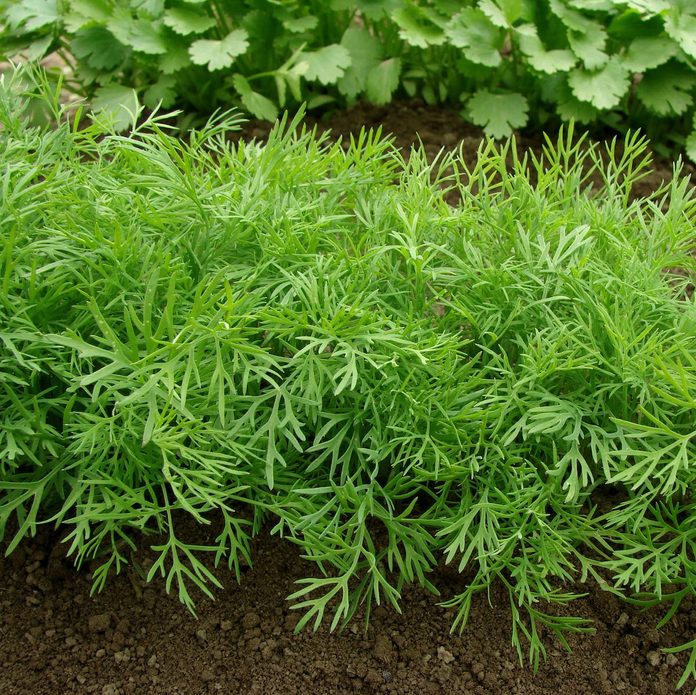
Dill
Feathery, fragrant dill snipped fresh from the plant is so tasty when added to salads, dips, soups or refrigerator pickles. Dill seeds grow best when planted directly in your garden, in a full-sun location just 1/4-inch deep. Like cilantro, dill will produce flowers quickly; pinch these back to focus the plant’s energy to the leaves. Or, let the dill go to flower so you can gather dill seeds to use in breads, pickles and spice blends. Dill is another herb that you can plant every few weeks so that new plants will take the place of older, fading ones. Learn how to store fresh herbs like dill the right way.
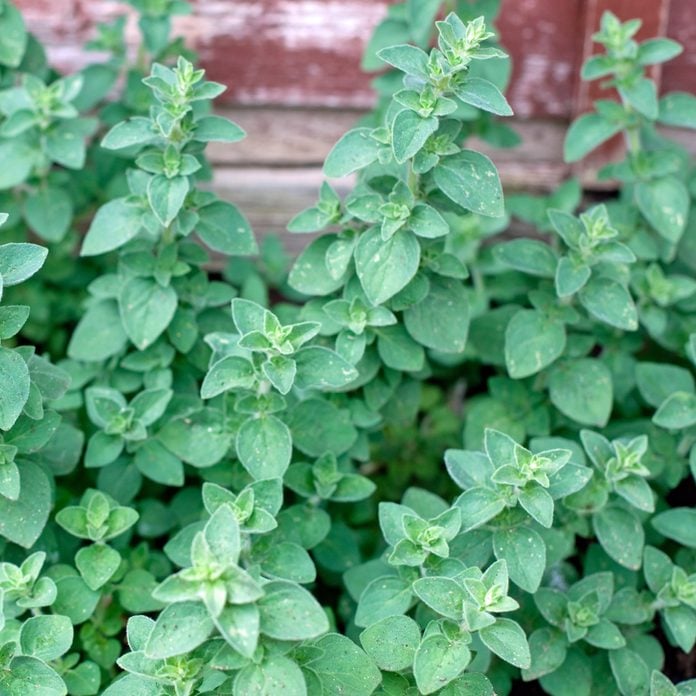
Oregano
Oregano is a hardy herb that is at home in your kitchen garden and also in landscaping along borders and rock paths. Origanum vulgare, also known as Greek or Italian oregano, is the variety used in traditional pizza and tomato sauces. There are other edible varieties too, including some with golden or variegated leaves.
Oregano grows best in loose or gravelly soil in a sunny spot. Plant the seeds 1/4-inch deep and six inches apart. When plants are established, you can let the soil get dry between waterings. Pinch leaves or twigs of oregano as you need them. Pinching the plant back and removing flowers will encourage fuller, bushier growth.
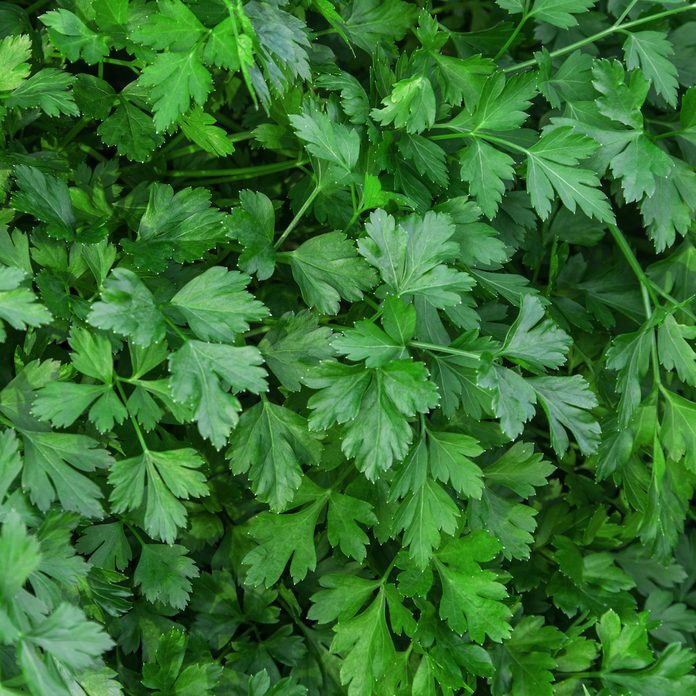
Parsley
If you grow fresh parsley in your garden, you’ll use it for a lot more than a garnish—try it in a vibrant chimichurri sauce, homemade ranch dressing or a healthful tabbouleh salad.
Parsley seeds take two to three weeks to sprout, so they’re a good seed to start indoors. Plant parsley seeds 1/4-inch deep in a bright location. Transplant seedlings to a sunny or partially sunny spot that has well-drained soil enriched with compost. Prune parsley by trimming stems on the outside of the plant, and pinch back flowers as they appear.
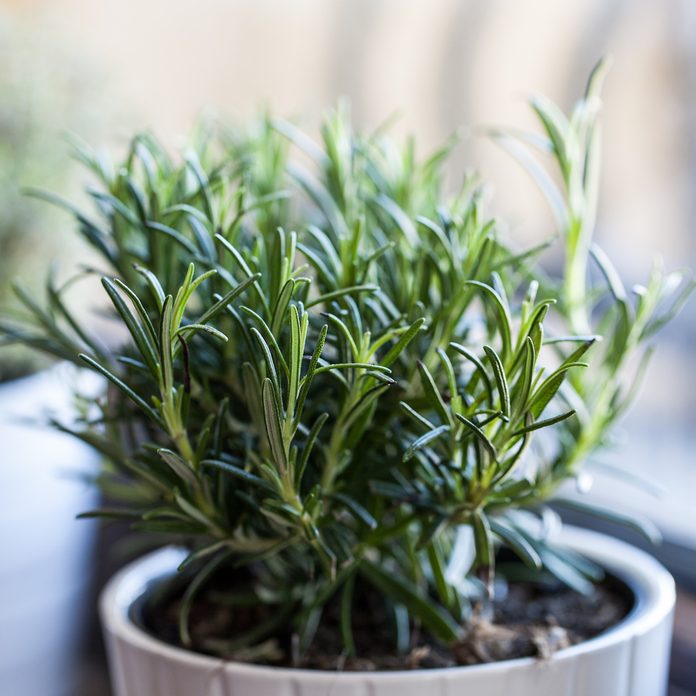
Rosemary
Rosemary is a woody herb that is grown as a decorative shrub in warmer climates. If you live in a cooler climate, grow rosemary in your kitchen garden as an annual or in a container to bring inside in winter. This is one of the most flavorful and fragrant herbs, as well as being an attractive addition to your garden.
Rosemary is tricky to grow from seed, so look for plants at your garden center. Plant rosemary in well-drained soil in a sunny location. Prune rosemary lightly every week or two to keep the stems from getting too woody, and use the leaves fresh or dried in recipes. Long stems of rosemary can be used as skewers for grilling!
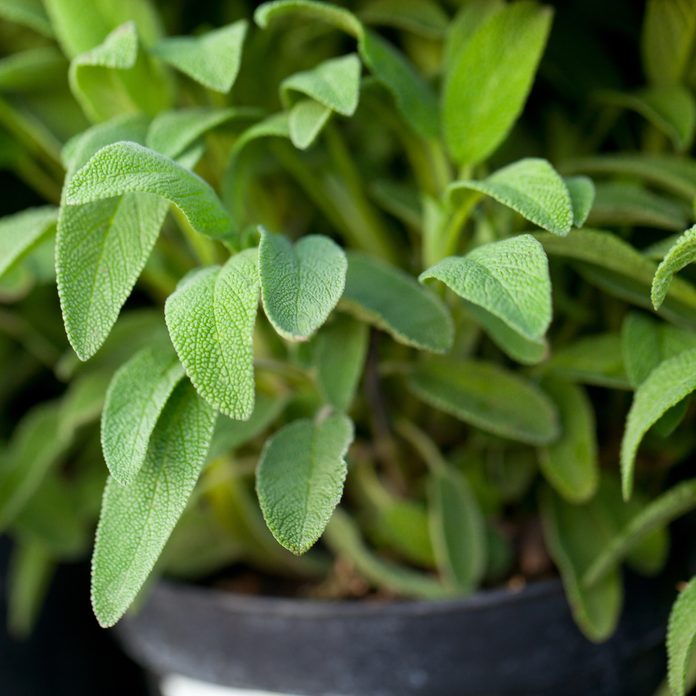
Sage
Look to sage to bring beauty to the garden or “foodscape” with fuzzy and fragrant leaves. And, of course, the leaves add so much flavor to pasta, stuffing, meats and breads. You can start sage seeds indoors or plant them directly in the garden; seeds take about two weeks to germinate. Sage prefers dry conditions, so plant it in well-drained, sandy soil and a full sun location. For established plants, let the soil get dry between waterings. Prune sage every week or two to keep the plant compact, taking a few inches from the top. Pinch back flowers as they appear.
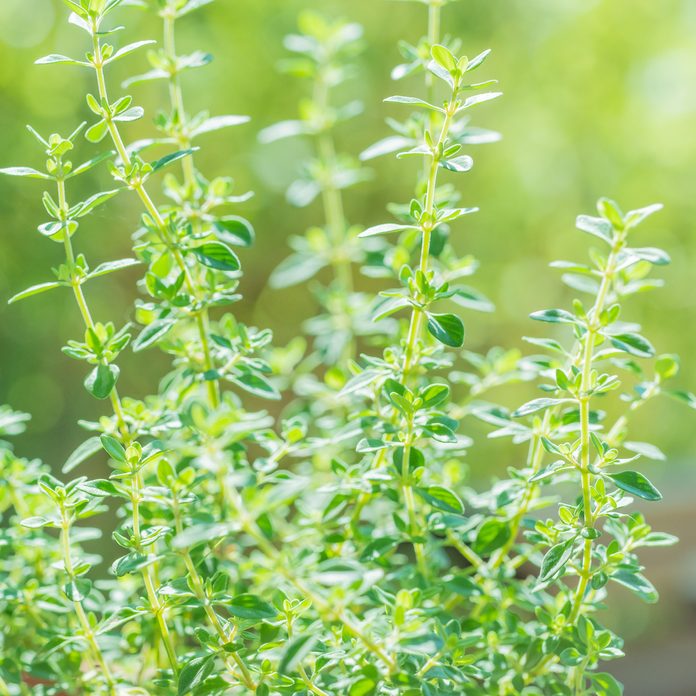
Thyme
Thyme seeds have a long germination—two to three weeks, so you have to be patient. Start seeds indoors in a bright location, and after true leaves appear, transplant the seedlings to a sunny spot in your garden. Thyme doesn’t require much pruning, but you can cut back stems every few weeks to control the shape.
By the way—thyme grows as a perennial in zones 5-9. Find more perennial vegetables.
